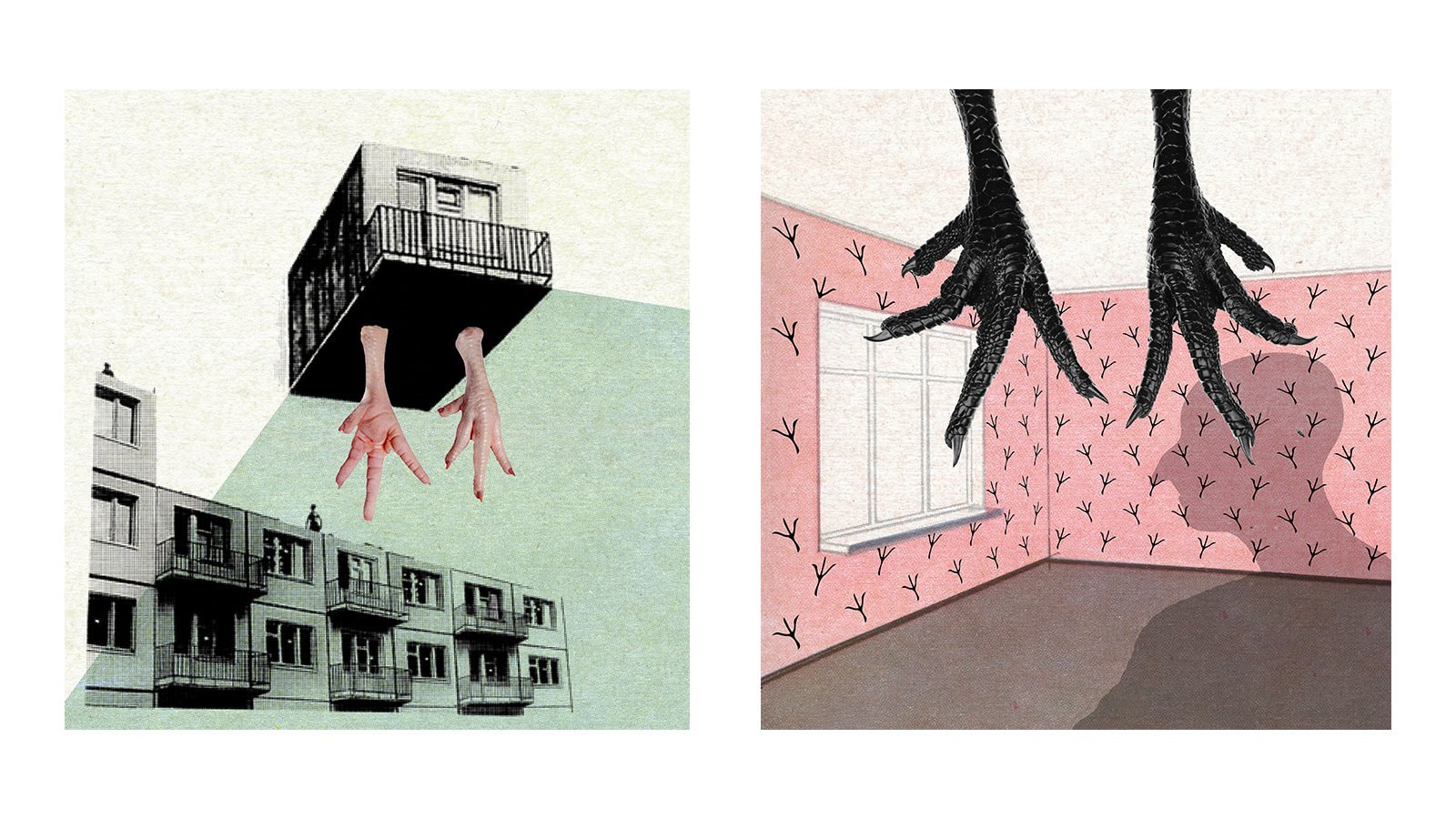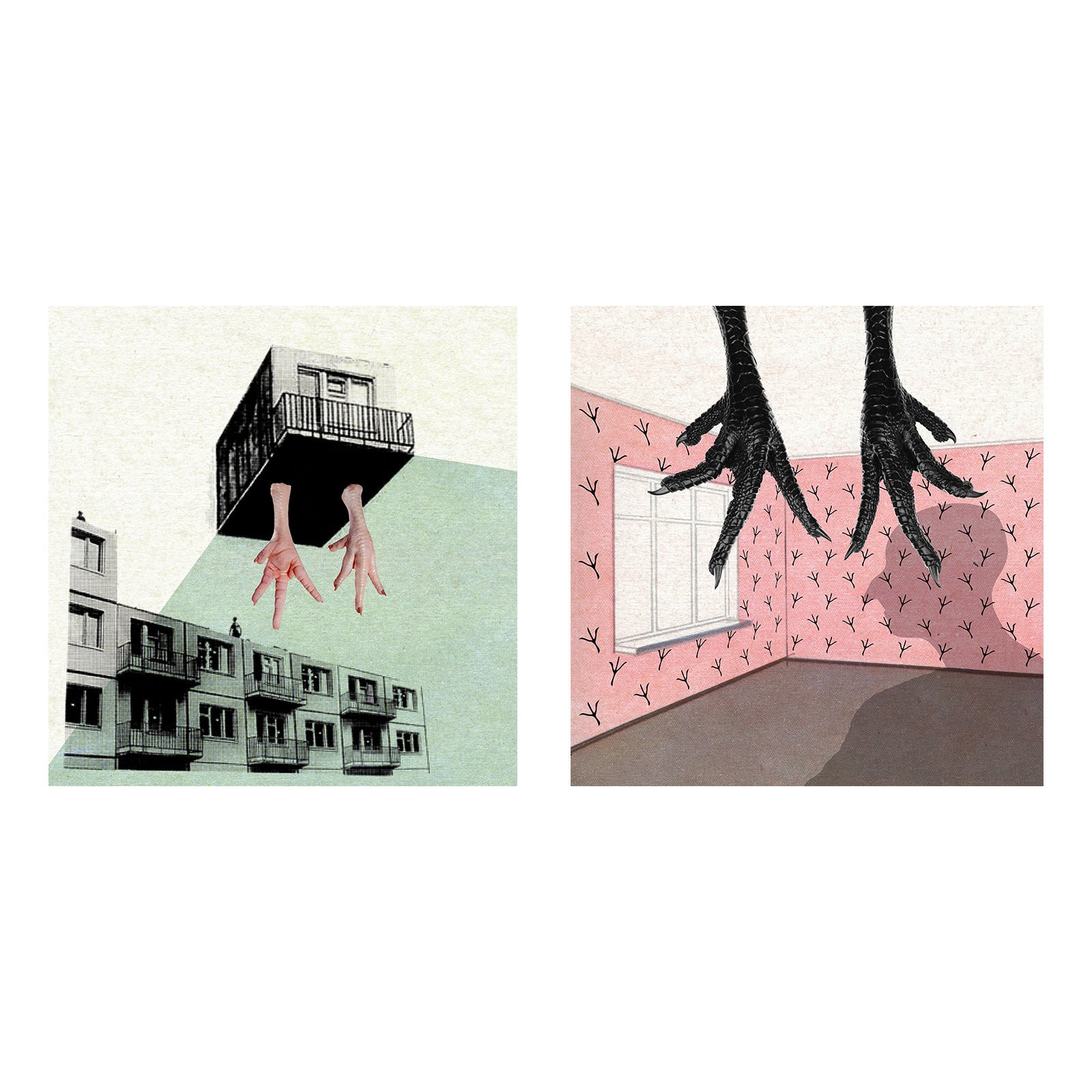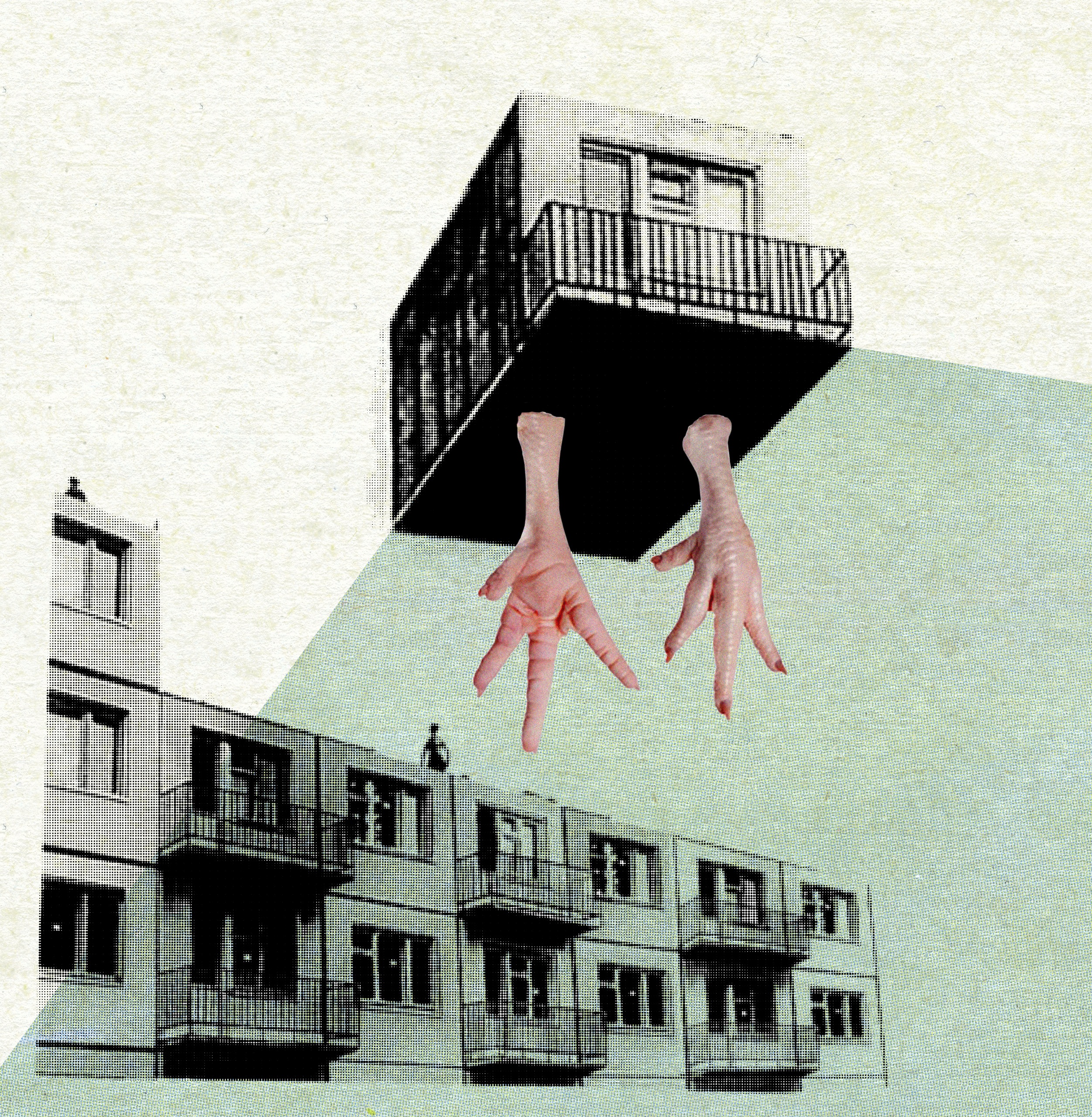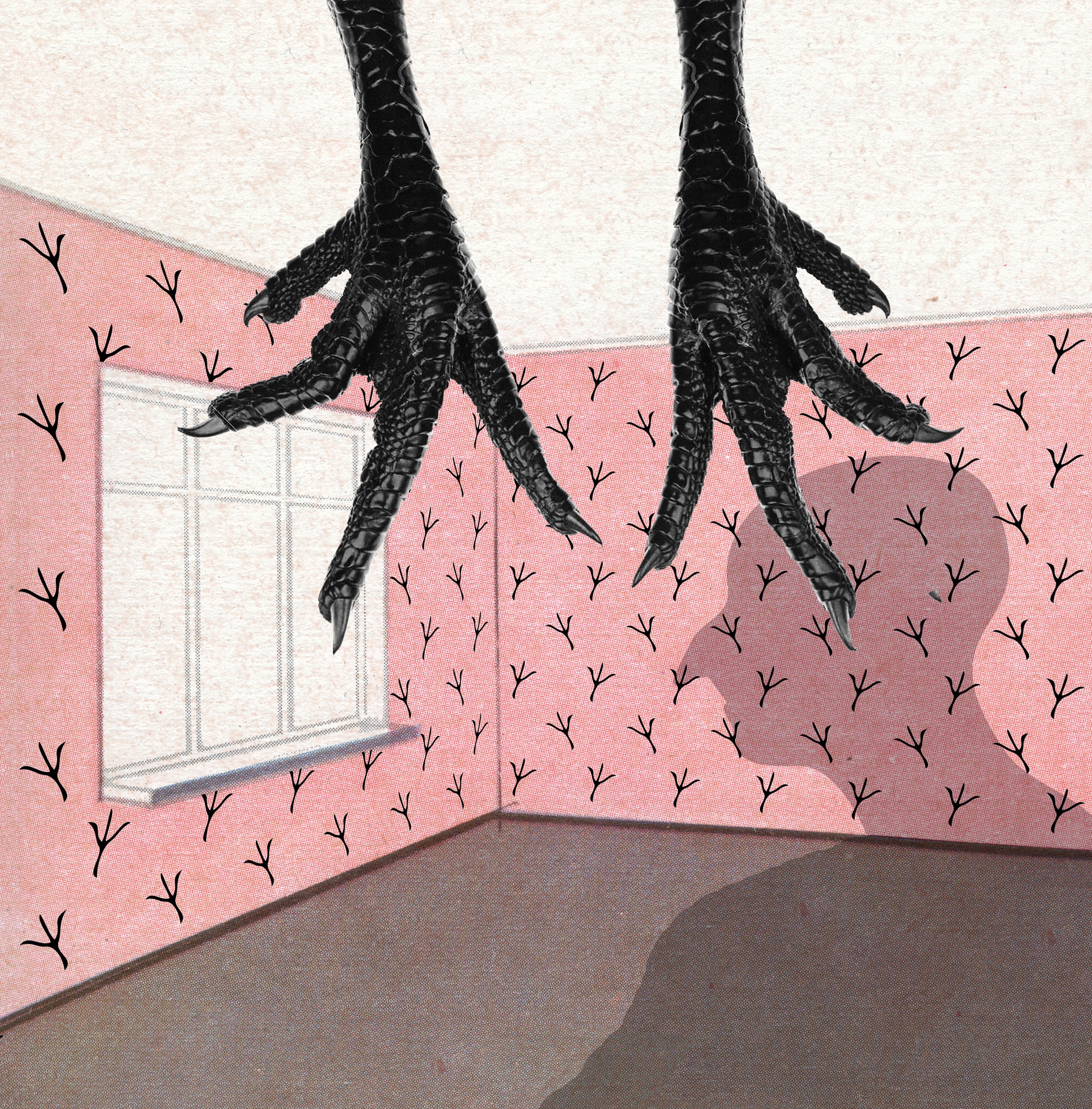Alexandra Paperno explores Baba Yaga’s house as a collective visual architectural image, an artistic metaphor of a transitional space. Bringing together various specialists, the artist will break up the clot of subjects around the house into separate thematic blocks in order to produce two artworks, a book and an installation.
In a forest clearing winter lived in a hut
Salting snowballs in a birchwood tub
Sergei Ostrovoy
«The impulse for this project arose from two points: the experience of living in a crooked mid-nineteenth-century wooden house in the center of an old Russian town during the Covid pandemic and the cultural experience of an increasing interest within the artistic and curatorial milieu in the image of Baba Yaga as a symbol of pre-modern, archaic national renaissance and a manifestation of a specific (alter)female power, an episode within the all-embracing feminist agenda. At the intersection of these two lines, the image of a house on chicken legs appeared as a special liminal space, the multifacetedness of which attracted me. Particularly the search for sub-images, which, it seems to me, swarm in the spectrum of that object and which will be the subject of my artistic research. It is artistic because part of the meanings will later be dissolved in the visual images of the exhibition. I began working on the idea two years ago with my friends Sveta Shuvaeva* and Xenia Vytuleva-Herz.** The other part, having lost any visual abstractness, will crystallize in the form of texts by architects, philosophers, writers, and artists, the constellation of which will form the legs of the whole construction. After all, a book, unlike an exhibition, can be easily transported around the world, materializing on the bookshelves of rather traditional buildings.» Alexandra Paperno
For Alexandra Paperno, the circle of themes associated with the house on chicken legs includes the following blocks: architectural form (the genesis of a single idea, from Le Corbusier to Herzog & de Meuron: the image and function of houses on legs in architecture, including Soviet and other modernist traditions; the experimental organic materials of constructivism, such as kamyshit and shevelin); folkloric form (the space of transition, initiation in various cultures; Baba Yaga as a female witch image); national-mythological form (the hut on chicken’s legs as a cultural bond; the orthodox wooden hut and the hollow canon of the young conceptualists of the 1980s; decorative and applied art and the folk crafts industry in the twentieth century); Unheimlich (all shades of anxiety encoded in the iconography of a living-unliving construction; suspense, existential homelessness, a walking house, predatory cities, etc.); refuge (the house on legs as a refuge in the age of catastrophes, the house in the swamp as a residence of the Anthropocene age).
* Sveta Shuvaeva is an artist.
** Xenia Vytuleva-Herz is an architectural historian and theorist.
Status: 2023
Researcher: Alexandra Paperno



